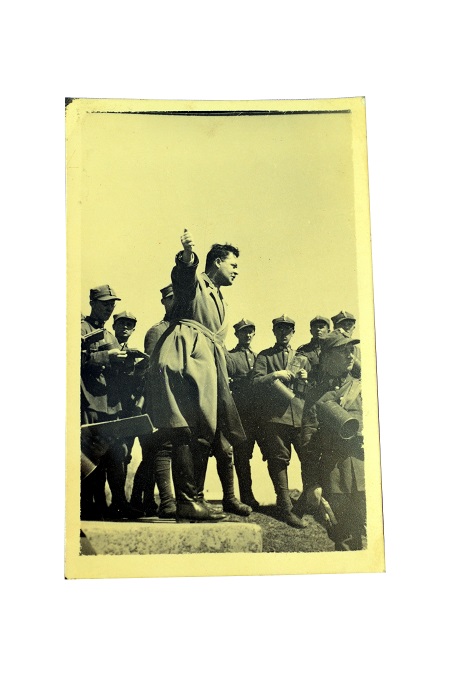During the inter-war years, Poland remained confident in its military capability and in comparative terms the military received a higher percentage of the national budget than most other countries in Europe. However, because of Poland's backward and largely rural economy, the actual spend on defence was pitifully low in comparison to Nazi Germany and the Soviet Union. In addition, the experiences of 1918-21 weighed heavily on Polish military thinking, when horse cavalry had proved the dominant force on the battlefield. Consequently, the cavalry was considered to be the elite of the army and attracted the best officers and men and a disproportionate level of the defence budget. Such an approach ignored the technical and tactical advances in warfare that were taking place during the 1930s and the developing importance of motor vehicles, tanks and aircraft.
By 1939, the Polish Army still had the appearance of a First World War army, being centred around 30 infantry divisions and 11 cavalry brigades. Its level of mechanisation and quality of communications were poor. The artillery was under-strength, was entirely comprised of guns of WW1 vintage and was largely horse-drawn. By the time that these weaknesses were recognised in a 1936 government report, it was too late. Although there had been some build-up in anti-tank and anti-aircraft guns and one of the Cavalry Brigades had been mechanised by September 1939, such improvements were to prove wholly inadequate.
Poland was under no illusion that she could defeat a German invasion on her own. However, the Polish High Command believed that they could hold out for around six months, during which time it was hoped that combined British and French action would force Germany's capitulation. The French had assured the Poles that they would mount a major offensive within two weeks of war being declared.
Polish military intelligence about the German military build-up and plans for the invasion was surprisingly accurate, but the Polish High Command underplayed the real strength of German forces; in particular the effectiveness of the German Panzer Divisions and the German Luftwaffe. Already at a significant manpower disadvantage, the position was exacerbated further by both the British and French governments' pleas to Poland to delay full mobilisation, for fear of provoking German action.
Displayed here is the 1918-21 War Medal presented to Polish forces.
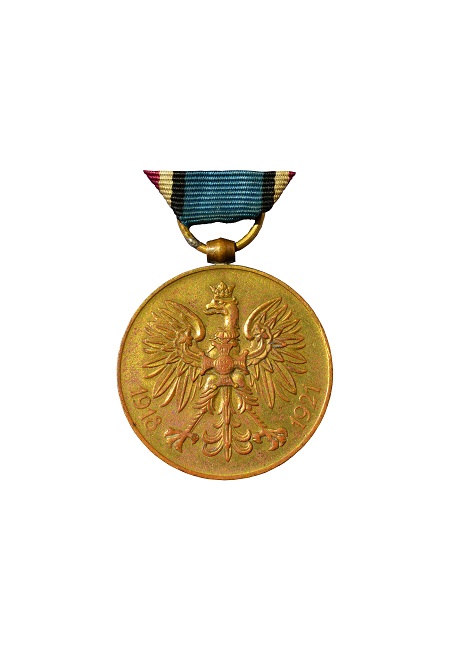
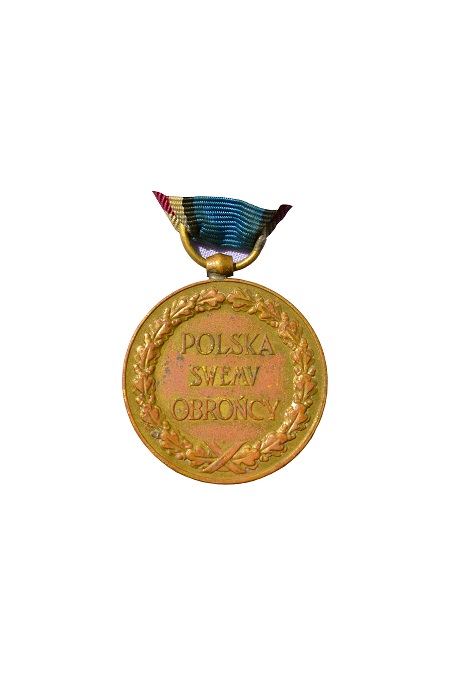
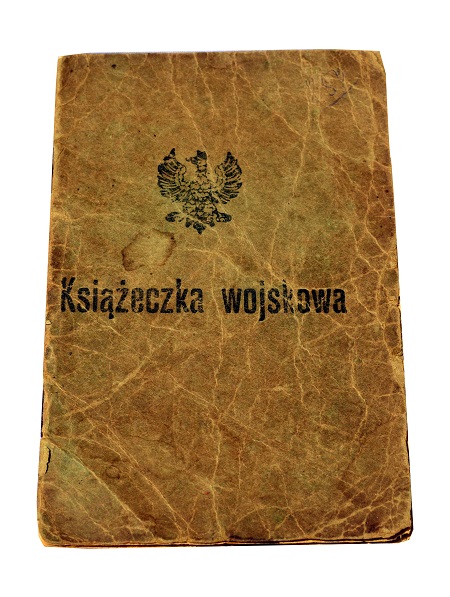
Polish Army – Military Booklet
Issued to Stanislaw Malysa, born 1905 in the Russian District of Lowiec. The book was issued in the Polish village of Sosnowice, in Eastern Poland and indicates that Stanislaw having completed his military service was transferred to the Army Reserve in 1927.
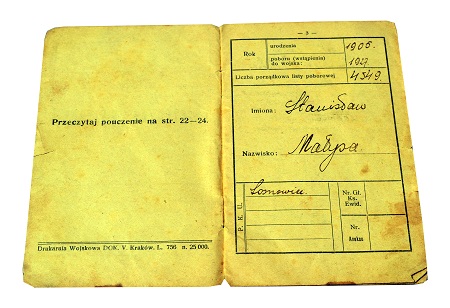
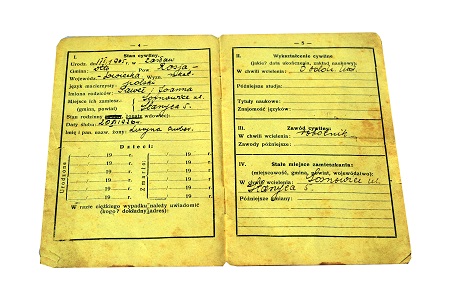

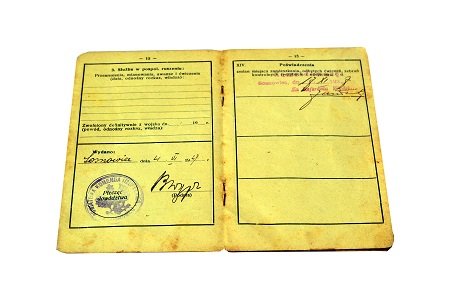
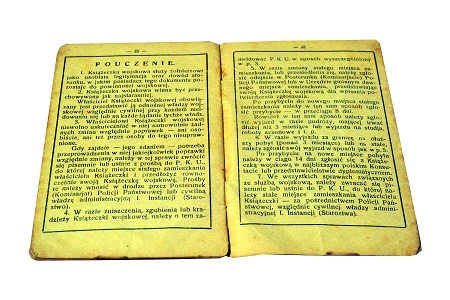
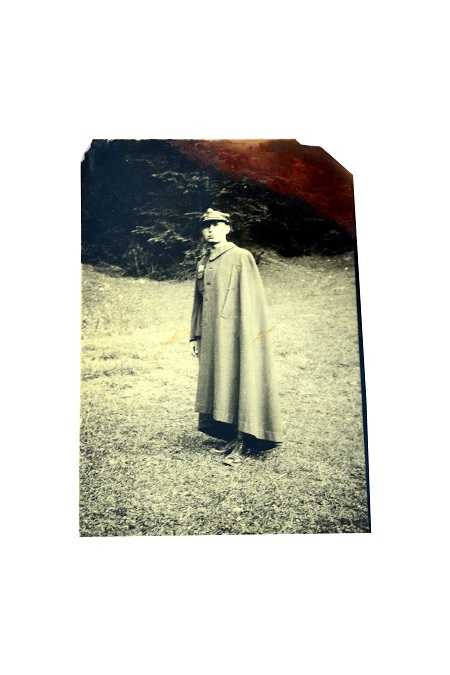
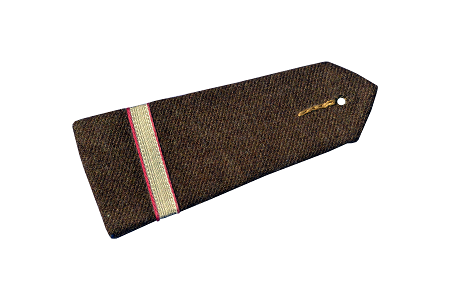
Polish Army shoulder board to a Lance-Corporal of the infantry.
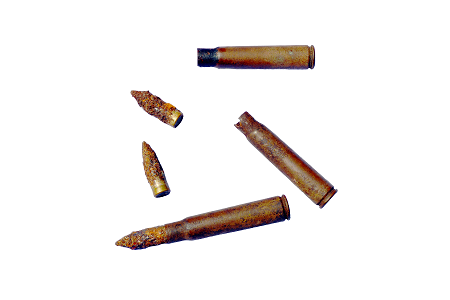
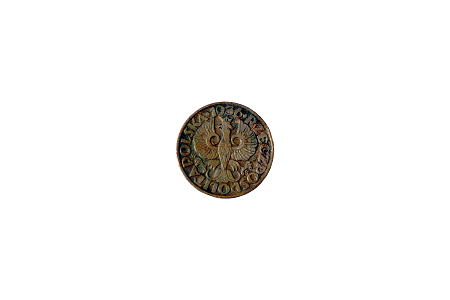
Dug-up Polish coins from the inter-war era.
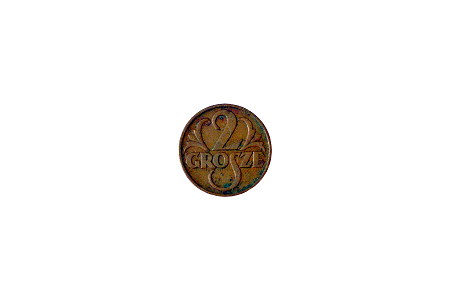

The pictures of the officers are captioned Major Majewski and Franciszek Stafanski (rank unkown).
